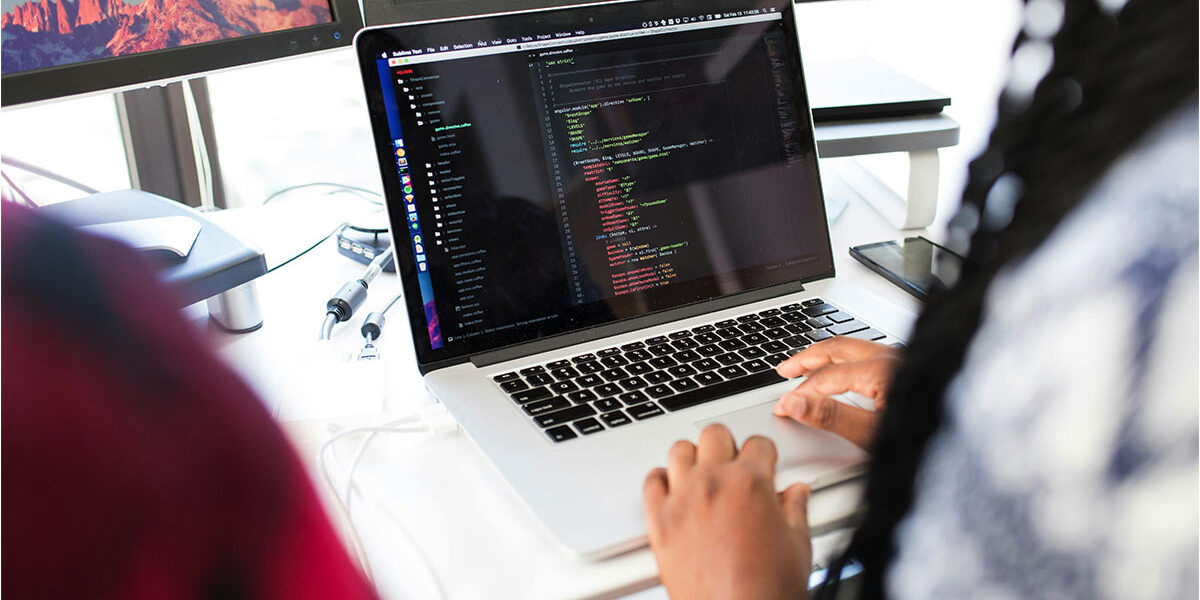In today’s world, ordering food through apps for delivery has become the norm for many people. As technology develops and consumers’ lifestyles change, food delivery app development services continue to grow and evolve. Let’s look at the key trends and technologies shaping this industry’s future.
1. Growing popularity and competition:
Food delivery is becoming more competitive, with new players appearing every year. Large companies such as UberEats, DoorDash, and Grubhub are struggling for dominance, as are many local startups specializing in certain types of cuisine or regions.
2. Development of delivery technologies:
Technology plays a crucial role in the development of food delivery. Robotic delivery systems, drones, and autonomous vehicles are becoming increasingly common in some regions, allowing faster and more efficient order delivery.
3. Increasing attention to environmental sustainability:
With growing awareness of environmental and sustainability issues, consumers are becoming more sensitive to the environmental aspects of food delivery. Companies are beginning to use more sustainable packaging, reduce carbon emissions, and develop more efficient delivery routes.
4. Personalized approach and analytics:
Companies actively use data analytics to create personalized offerings and improve user experience. Companies can offer more relevant and targeted proposals by collecting and analyzing consumer preferences and behavior information.
5. Innovations in cooking and menu:
The food delivery industry stimulates innovation in cooking and menus. Restaurants and cookery companies are starting to offer new and unique dishes that might not have been available for delivery. This creates more options for consumers and stimulates industry competition.
6. Non-cash payments and digital transactions:
Cashless payments and digital transactions are becoming increasingly popular with the growth of online orders and food delivery. Many companies offer various payment methods, including credit cards, mobile wallets, and online payment systems, making ordering more convenient and affordable for consumers.
7. Increased demand for healthy food and dietary options:
With growing interest in healthy lifestyles and dietary choices, consumers increasingly choose healthy options when ordering food. Companies are beginning to expand their menus, including more healthy and low-calorie meals to meet the modern consumer’s needs.
8. Strengthening the focus on safety and hygiene:
In light of the COVID-19 pandemic, safety and hygiene have become top priorities for food delivery companies. Celadonsoft is actively implementing additional safety measures such as contact-free delivery, regular packaging and equipment disinfection, and personnel training in hygiene standards. This helps to increase consumer confidence and ensure safety when ordering food at home.
9. Growing demand for restaurant services in the workplace:
With the advent of telecommuting and flexible hours, the demand for restaurant services in the workplace is growing. Many companies are starting to offer corporate food delivery programs, allowing employees to get quality and diverse dinners right in the workplace without leaving the office.
10. Integration with artificial intelligence and machine learning technologies:
Food delivery companies are increasingly introducing artificial intelligence and machine learning technologies to improve delivery processes and optimize operations. This includes automating delivery routes, forecasting demand, personalizing offers, and improving customer service.
Conclusion
Food delivery continues to evolve under the influence of new technologies, changing consumer needs, and competition in the market. The industry’s future will depend on innovation, sustainability, and the ability of firms to adapt to changing conditions and market requirements.








